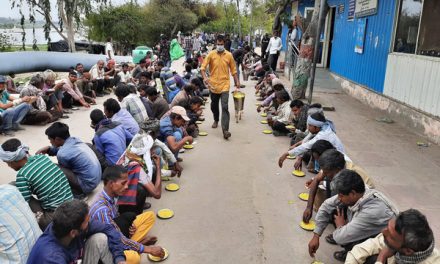The Centre on Thursday announced a new drone policy or liberalised drone rules. Under the Drone Rules 2021, the coverage of drones increased from 300 kg to 500 kg, and will include heavy payload-carrying drones and drone taxis.
Based on the feedback, the Ministry of Civil Aviation (MoCA) said it decided to repeal the UAS Rules, established in March 2021 and replace the same with the liberalised drone rules, 2021.
Several approvals which stand abolished under the new rules include unique authorisation number, unique prototype identification number, certificate of manufacturing and airworthiness, certificate of conformance, certificate of maintenance, import clearance, acceptance of existing drones, operator permits, authorisation of R&D organisation, student remote pilot licence, remote pilot instructor authorisation, drone port authorisation etc.
The rules also say that the coverage of drones has been increased from 300 kg to 500 kg include heavy payload-carrying drones and drone taxis. Further the number of forms and permissions have been reduced from 25 to 5.
The rules also say that no security will be required before any registration or licence issuance. Fees for permissions reduced to nominal levels, the new rules further say.
However, Quantum of fee reduced to nominal levels and delinked with size of drone. For instance, the fee for a remote pilot license fee has been reduced from ₹3,000 (for large drone) to ₹100 for all categories of drones; and is valid for 10 years. Digital sky platform shall be developed as a user-friendly single-window system, the Civil Aviation Ministry said in a statement.
Interactive airspace map with green, yellow and red zones shall be displayed on the digital sky platform within 30 days of publication of these rules.
No permission required for operating drones in green zones. Green zone means the airspace upto a vertical distance of 400 feet or 120 metre that has not been designated as a red zone or yellow zone in the airspace map; and the airspace upto a vertical distance of 200 feet or 60 metre above the area located between a lateral distance of 8 and 12 kilometre from the perimeter of an operational airport.












